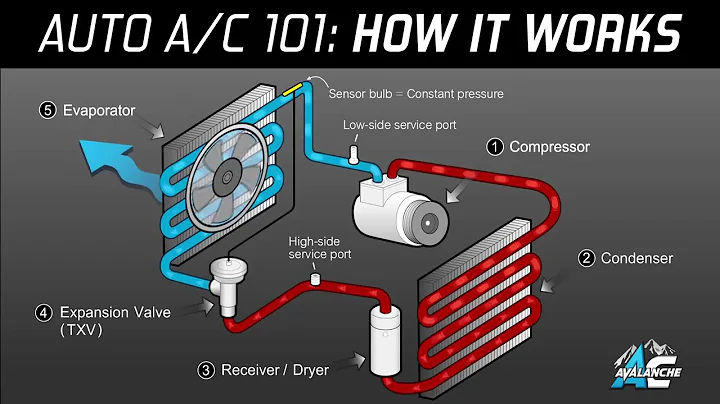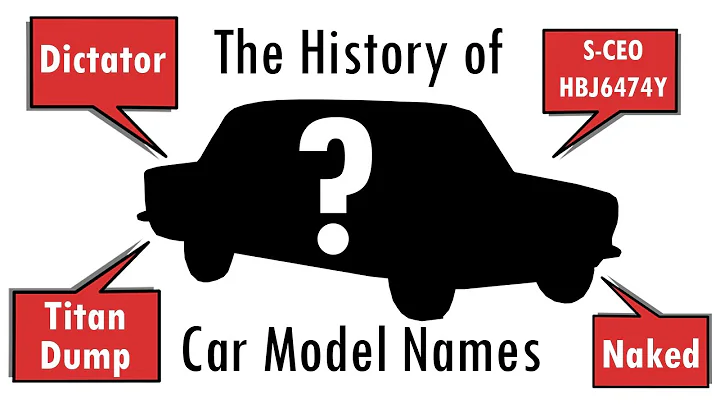Continuous Alcohol Monitoring: How SCRAM Works and Benefits
Table of Contents
- Introduction
- What is Continuous Alcohol Monitoring (CAM)?
- The Technology Behind SCRAM
- How Does CAM Work?
- Benefits of CAM
- Limitations and Concerns
- CAM in the Legal System
- CAM for Probation and Pre-Trial Release
- CAM in DWI Cases
- CAM in Family Court
- FAQs on Continuous Alcohol Monitoring
What is Continuous Alcohol Monitoring (CAM)?
🔍 Introduction
Continuous Alcohol Monitoring (CAM) is a technology used to detect and monitor alcohol consumption in individuals. It is typically used in legal and judicial settings to ensure compliance with sobriety conditions. CAM devices, such as SCRAM (Secure Continuous Remote Alcohol Monitoring), are worn on the lower leg and can provide 24/7 monitoring of alcohol levels. In this article, we will explore the technology behind CAM, its uses in the legal system, and its benefits and limitations.
📖 The Technology Behind SCRAM
SCRAM, the most widely used CAM device, utilizes a combination of infrared light and a sensor to ensure proper attachment to the skin. It also incorporates an electrochemical fuel cell on its back to measure the presence of alcohol in the form of ethanol. The device is strategically placed above the ankle, minimizing interference with daily activities while providing accurate readings.
🔬 How Does CAM Work?
CAM devices like SCRAM continuously measure three key factors: body temperature, skin density, and alcohol levels. Skin density and temperature are monitored to detect any attempts to tamper with or interfere with the device. The electrochemical fuel cell measures the electrical current generated by ethanol molecules in the sweat glands, providing accurate alcohol level readings.
💡 Benefits of CAM
CAM offers several benefits, both for individuals under monitoring and for the legal system. It provides a continuous and objective method of detecting alcohol consumption, ensuring compliance with sobriety conditions. CAM can be used during pre-trial phases, probation periods, and even in family court cases involving child custody and visitation. It serves as evidence of abstinence and helps individuals prove their commitment to sobriety.
⚠️ Limitations and Concerns
Despite its advantages, CAM has certain limitations and concerns. Skin conditions, such as rashes or irritations, can affect the device's accuracy. False positives or negatives may occur due to various factors like environmental contamination or technical issues. Additionally, the cost of CAM devices and monitoring services can be a burden for some individuals.
🔒 CAM in the Legal System
CAM plays a crucial role in the legal system, particularly in cases related to driving under the influence (DWI). Judges and magistrates can impose CAM as a condition of pre-trial release, probation, or as part of special probation programs for repeat offenders. In North Carolina, CAM can be used as evidence of abstinence in DMV hearings for conditional restoration of driver's licenses.
🔒 CAM for Probation and Pre-Trial Release
During the pre-trial phase, CAM can be used to ensure defendants abstain from alcohol consumption. Judicial officials may require the use of CAM as a condition of release. Any violation of CAM conditions can be reported to the district attorney/prosecutor, potentially affecting the outcome of the case. CAM can also be mandated as a condition of probation following a DWI conviction.
🔒 CAM in DWI Cases
In DWI cases, CAM can serve as crucial evidence of sobriety and commitment to abstinence. Repeat DWI offenders may be required to use CAM for a specified period to be eligible for reduced imprisonment terms. CAM-verified sobriety of 120 days or more can be accepted by the DMV as evidence for the conditional restoration of a driver's license.
🔒 CAM in Family Court
CAM technology has found relevance in family court cases involving child custody and visitation. Judges can order parents or any person seeking custody or visitation to abstain from alcohol and undergo continuous alcohol monitoring. Compliance with these conditions is verified through approved CAM devices, and any violations are to be promptly reported to the court.
🌟 Highlights
- Continuous Alcohol Monitoring (CAM) is a technology used to monitor alcohol consumption.
- SCRAM is a widely used CAM device that measures alcohol levels using infrared light and an electrochemical fuel cell.
- CAM provides continuous monitoring of alcohol levels, ensuring compliance with sobriety conditions.
- CAM has applications in the legal system, including pre-trial release, probation, and DWI cases.
- It can also be used in family court to resolve custody and visitation disputes.
- Limitations include the potential for inaccurate readings and the cost of devices and monitoring services.
FAQs on Continuous Alcohol Monitoring
Q: Is CAM only used in DWI cases?
A: No, CAM can be used in various legal contexts, including pre-trial release, probation, and even family court cases involving child custody and visitation.
Q: How accurate is CAM in detecting alcohol consumption?
A: CAM devices such as SCRAM are designed to provide accurate readings. However, they can be affected by factors like skin conditions or environmental contamination, which may lead to false positives or negatives.
Q: How long is CAM monitoring typically required?
A: The duration of CAM monitoring varies depending on the specific case, with periods ranging from 90 days to 120 days or more.
Q: Can CAM be used to prove sobriety for license restoration?
A: Yes, CAM-verified sobriety of 120 days or more can be accepted as evidence for conditional restoration of a driver's license.
Q: What happens if there is a violation of CAM conditions?
A: Any violation of CAM conditions, such as testing positive for alcohol, can be reported to the appropriate authorities, potentially leading to legal consequences in the case.
Resources:







